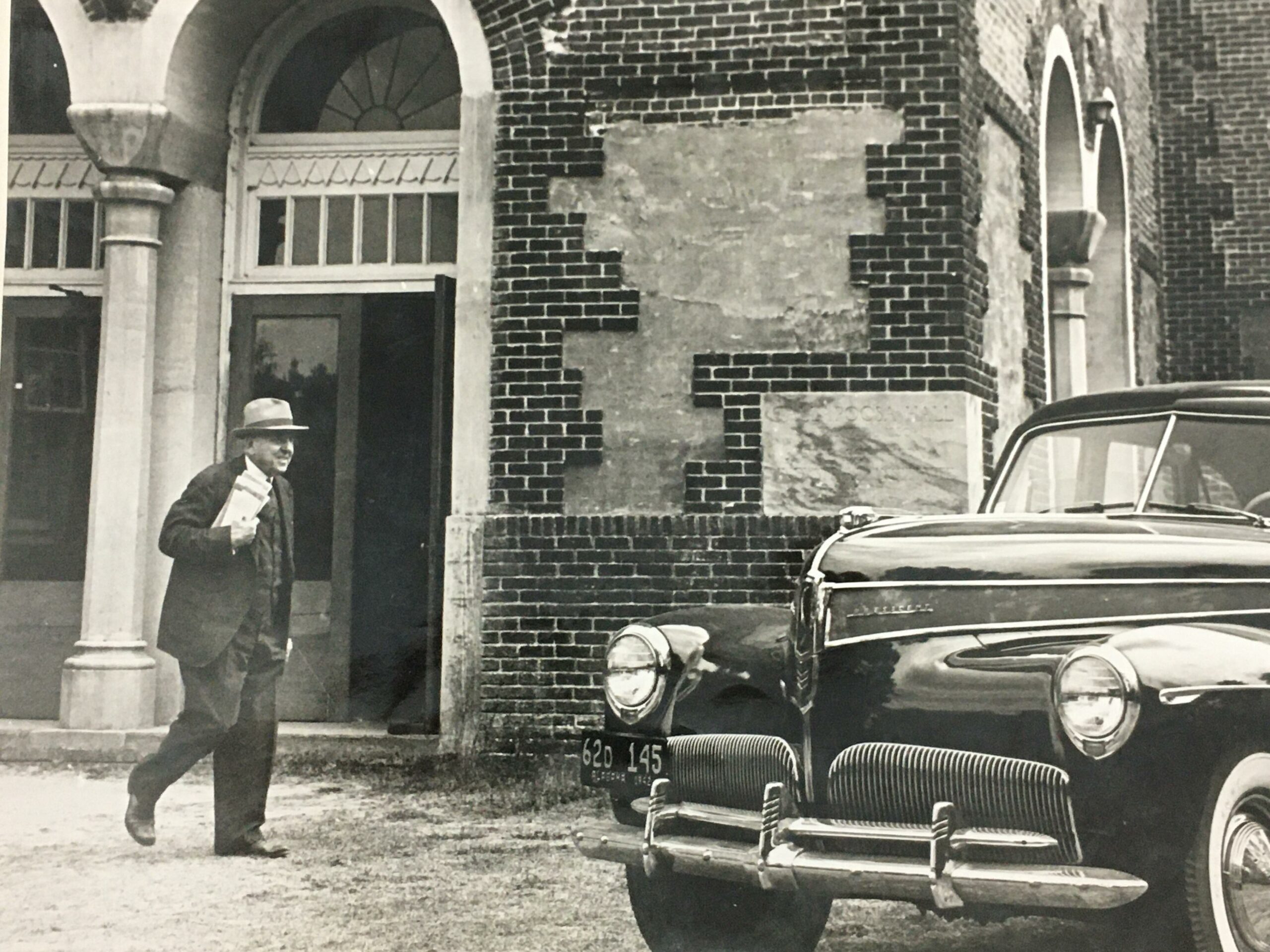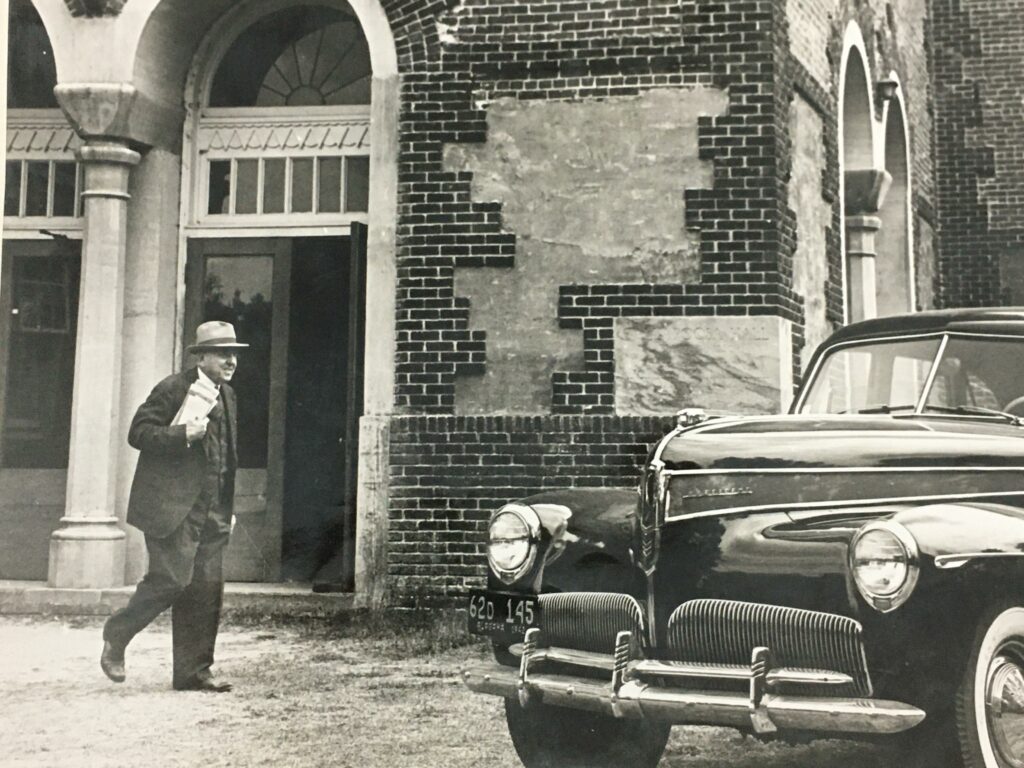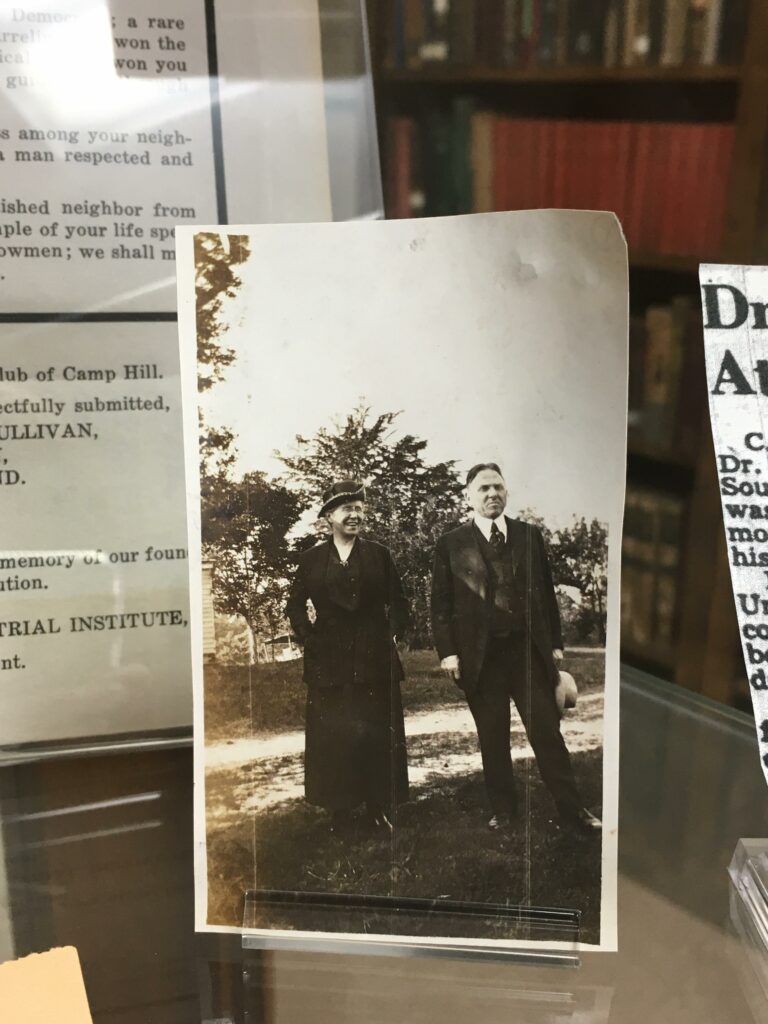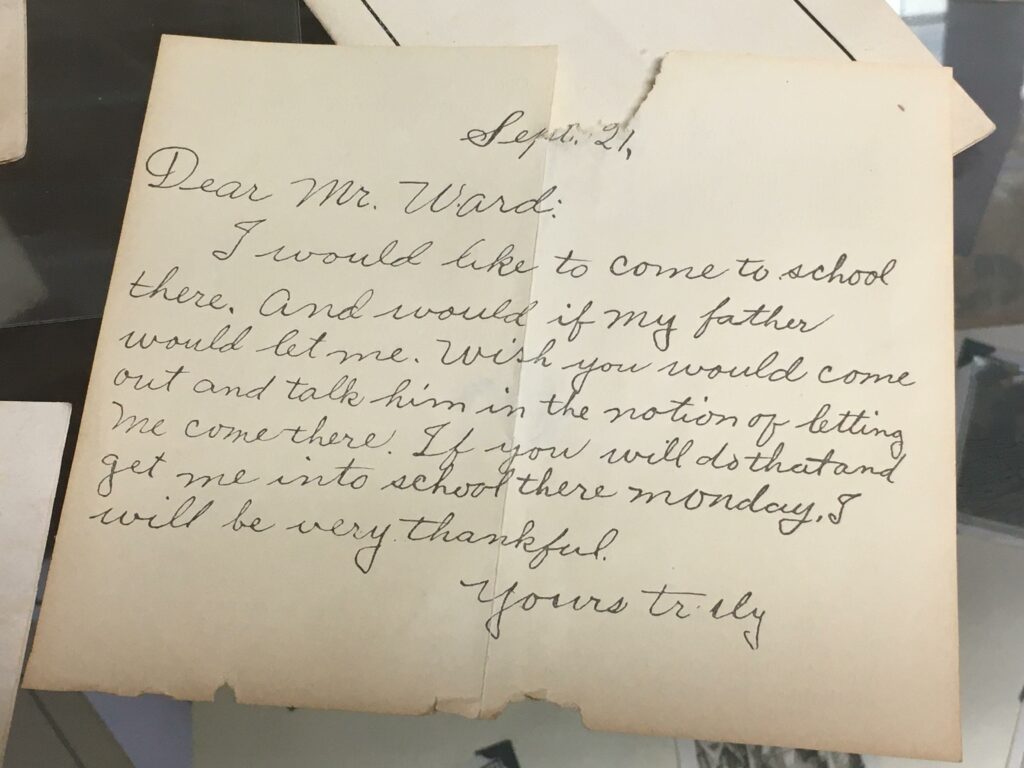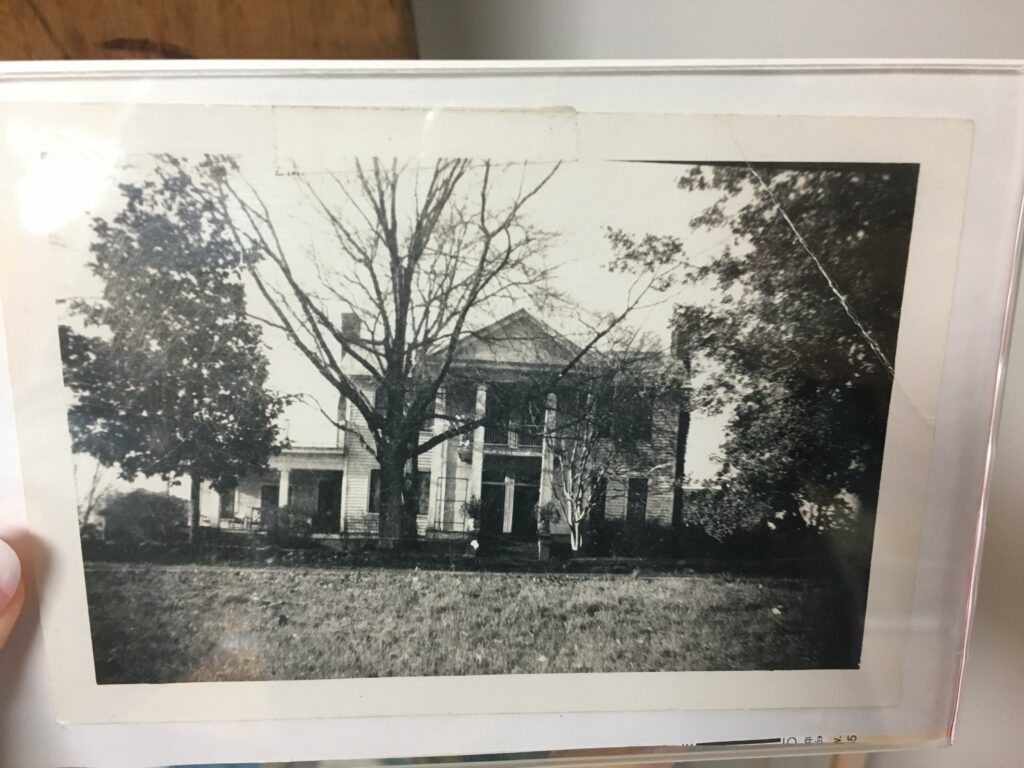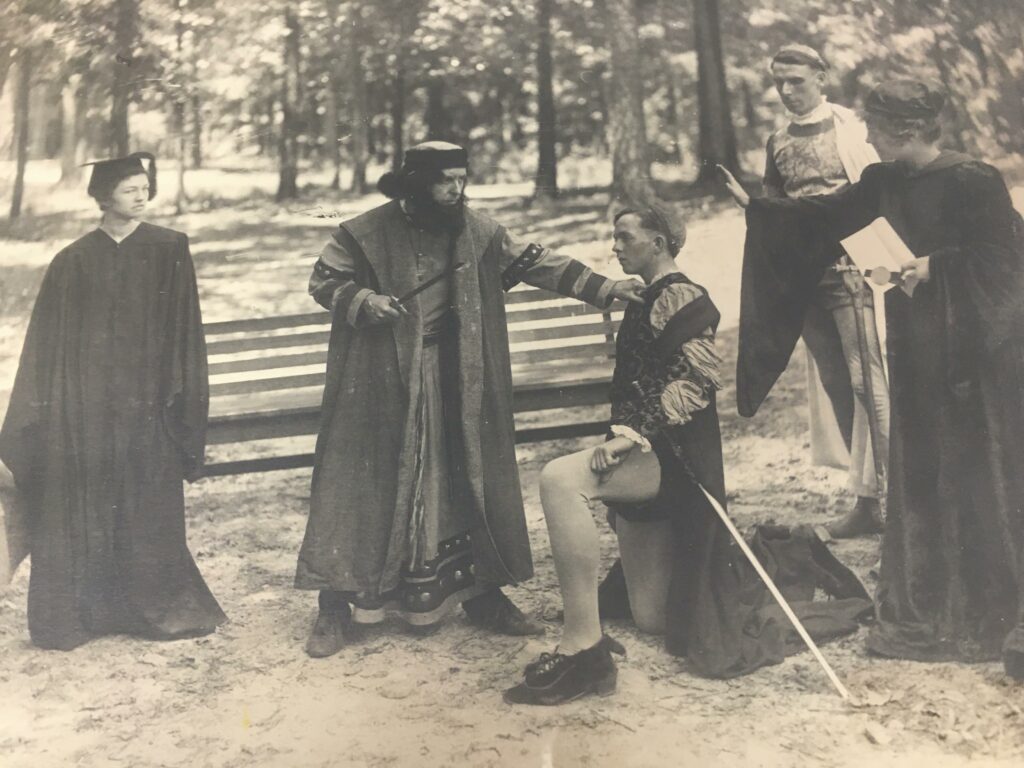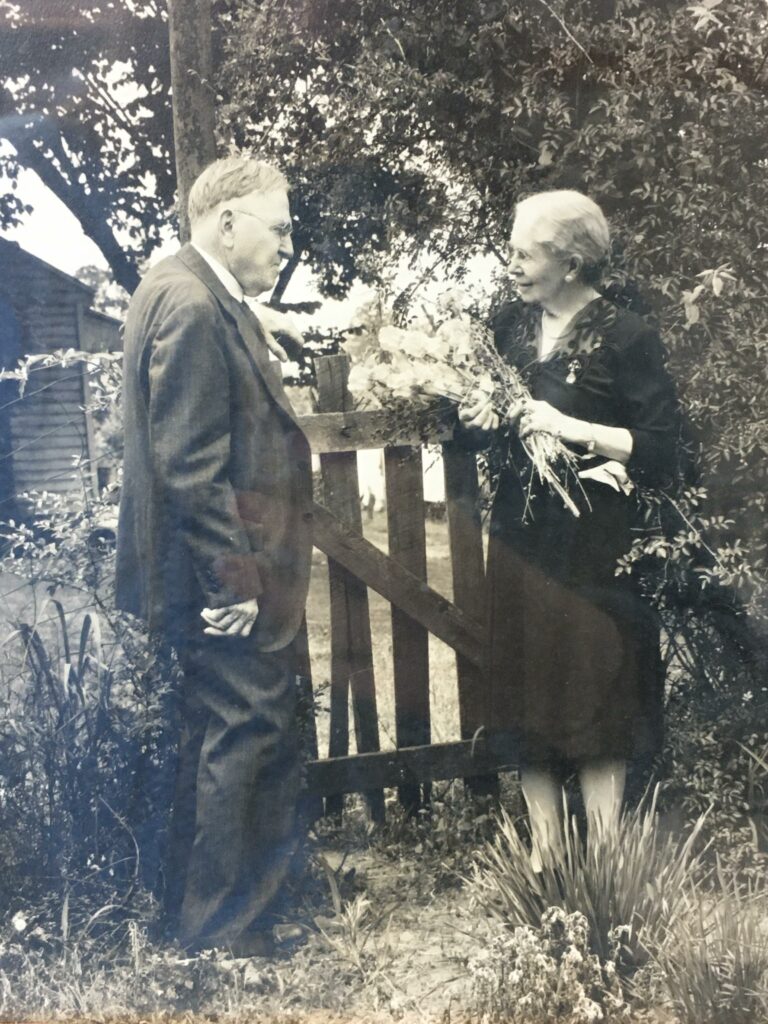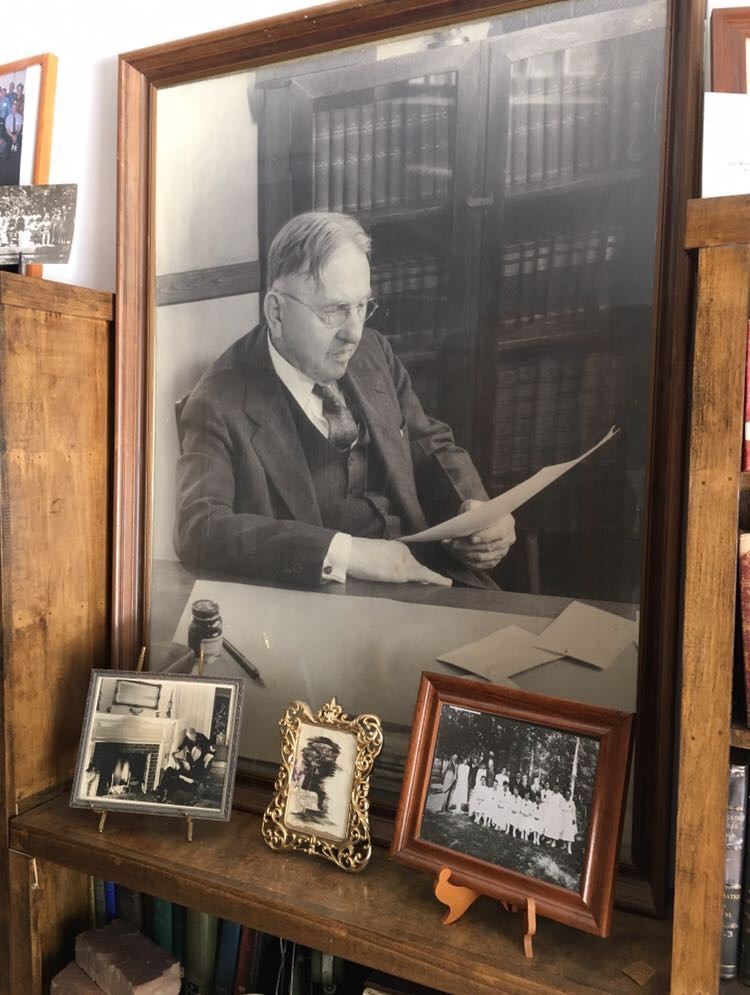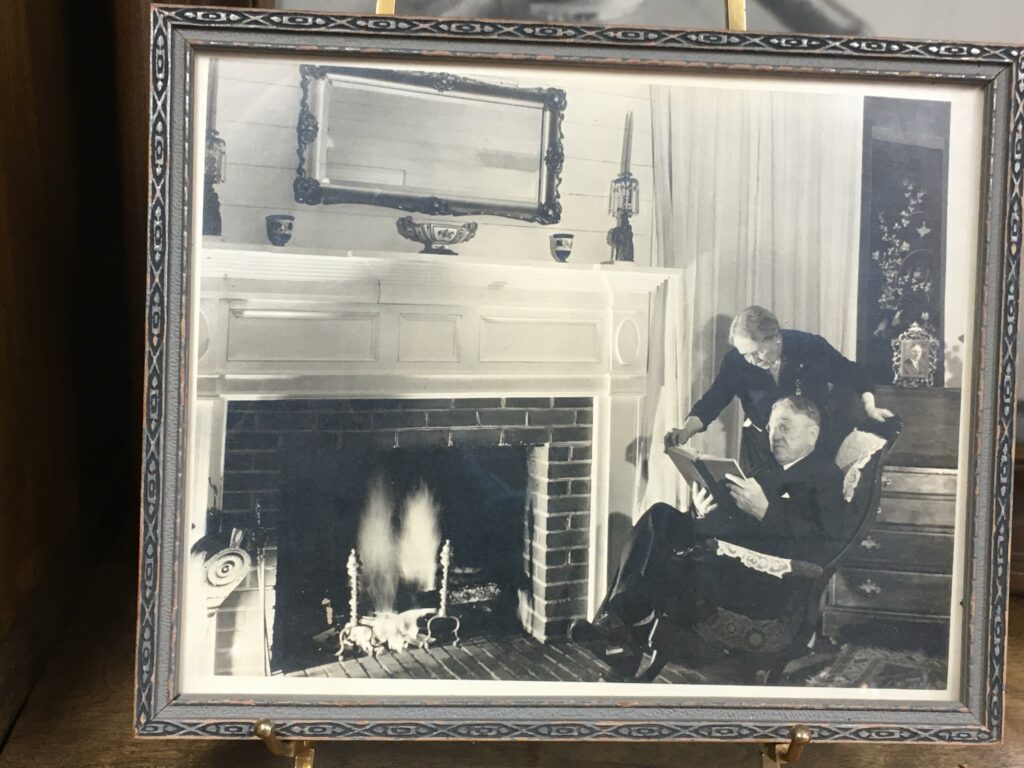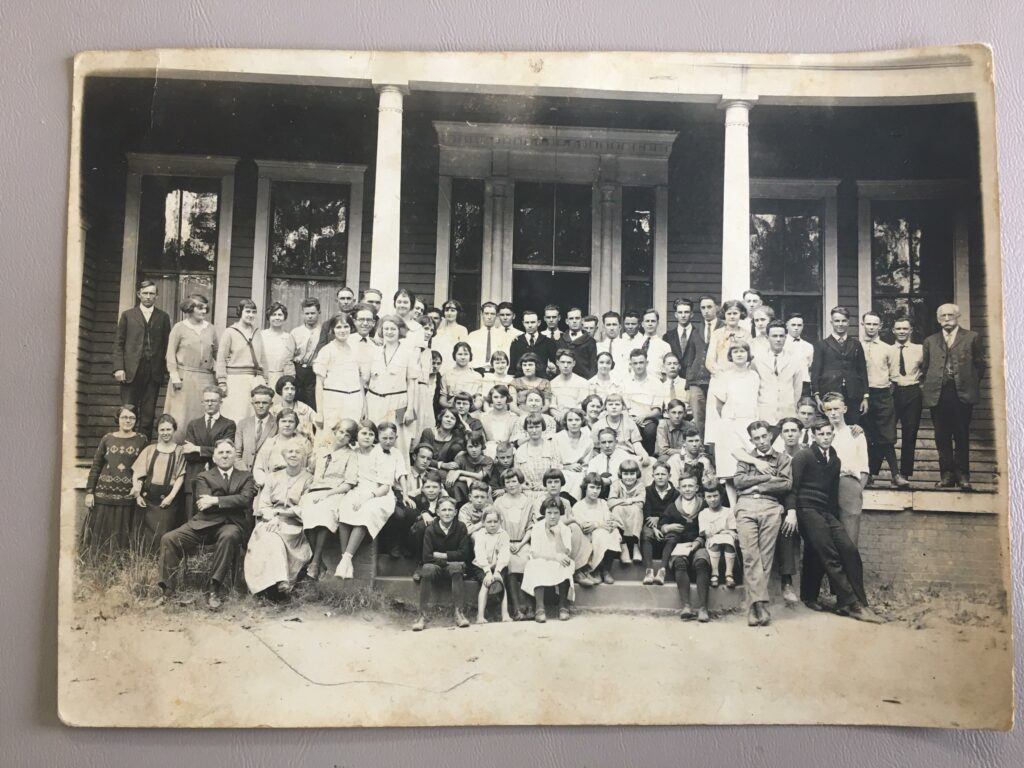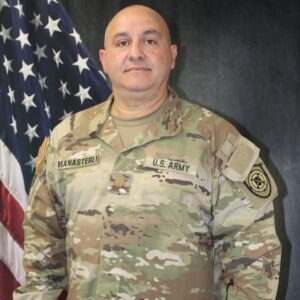February 12th, 2021
Story By Paul Strobel (class of 1943)
There probably are not many folks around who knew Dr. Ward. Certain of those still with us may have known him better than I knew him. Regardless, I would like to share a few of my memories of him with those of you who, unfortunately, did not know him.
Dr. Ward was barely less than six feet tall and relatively thick in build. He had a rather large head and a thatch of blondish-brown hair which he parted in the middle, distributing the mantle equally between east and west. His voice was of moderate timbre, projecting a tone neither deep nor high-pitched. He was not particularly handsome and his countenance most often expressed both calmness and intellectual curiosity. His physique imparted an image of formidableness and his bearing and gait, despite his girth, gave one the impression that he not only knew where he was going, but also specifically how to get there, and no one should attempt to persuade him otherwise.
Considering his goals, he certainly was in many ways, an idealist. Yet, considering his achievements, he charted courses which demanded an abundance of practicality. In an era when money was not plentiful, he resolved that a building was required for his school for the benefit of students. Determined that it would be done, the State of Alabama was confronted by Dr. Ward and thus was born the beautiful Tallapoosa Hall. Not all students could afford even the small cost of SII schooling, yet few were turned away. People who had previously been confronted by Dr. Ward for donations reached for their checkbooks when they saw him coming. (Surrender is not necessarily inglorious.) Not adversarial was he, but so convincing! No convoluted, articulated arguments, just straight to the point.
His love of the classics, his readings to us at assembly, the inscription on his wife’s grave stone, and so many more gifts and talents characterize a gentle man and provide clues about a man who will never be forgotten.
Dr. Ward was not a simple person. Rather, a complicated individual with thoughts of great depth and a passion for humanity. Much has been written about him; he was listed in Who’s Who in America among other publications.
Aware of my lack of literary talent, I apologize for the absence of skills to adequately portray the greatness of Dr. Ward. Nevertheless, my recollections are expressed with humility, respect and a deep appreciation for having known him.
I just wanted you to know who’s footsteps you hear in Tallapoosa Hall. When you hear them, pause and say “Hello” to your friend, Dr. Lyman Ward.
Let me say that a lot of the statements in this story are from stories I have heard over the years. So it may not be historically accurate, thus it is a legend.
The building was known as Goodwin Hall, Old Brick, Russell Hall, and CQ. The new and current headquarters building was built on the same site as Russell Hall in 1986, and some of the funds for the new building came from the Russell Foundation. Because of that, the old plaque from Russell Hall was placed on the new building. The plaque reads, “Robert A. Russell Hall – September 1960”. The old building became Russell Hall after the 1960 remodeling paid for by the Russell Foundation.
Back in 1909 when the building was built, there was no Home Depot to go get the building supplies. The faculty, staff, and students (with little outside advice) cut the trees and processed the logs into boards at the school’s own sawmill. The bricks were made on the spot, also. They did not notice that something was wrong with the bricks until after they had already built more than one and a half stories of the walls. Those bricks had not been left in the kiln long enough or maybe the temperature of the kiln was not high enough. Those first bricks were not hard enough and they became brittle and easy to crumble.
Dr. Ward called on his friend, Booker T. Washington, down at Tuskegee Institute to come and tell him what they had done wrong. He came up and showed Dr. Ward and the students how to properly kiln the bricks. So they finished the second and third floor with the good bricks. I guess they just could not afford to start over.
All this would have worked fine if the bricks had just been an outside layer as the veneer jobs they do today. But in that day and age, the bricks were part of the main structure of the building. By the early 1980’s, this building had been remodeled at least three times. The last time was to put on a new roof and the dormer windows were removed from the third floor. The old dormitory rooms were used only for storage by then.
The last time I saw Russell Hall was in 1985, and it had a crack running all the way up the back that was at least three inches wide at the base. The whole building seemed to be falling down under its own weight and the cost of rebuilding it would have been more than building a new HQ building. The old building was demolished in December of 1985.
But to the last, the old building showed it was not about to fall down by itself. They brought in a wrecking ball to make short work of the old landmark. “Easier said than done” was the theme song of what happened next. They swung the ball back and hit the wall with a loud bang… but all that happened was the ball stopped and the wall remained standing. It was as if all the students who helped build it and later lived there were saying, “just one minute please…not without a fight!” That was when they had to bring in a bulldozer and attack the building from the ground up. A job that everyone thought would take fifteen minutes, took an hour.
Today, you will notice around the campus that there are bricks inlaid into a circle and an X in the front porches of the former Dixon Chapel (*note: the original Dixon Chapel burned down in the fall of 2006 after being struck by lightening) and the current HQ building. The bricks at the chapel came from the foundation of Dr. Ward’s house, “The Haunted House”. The bricks in front of HQ are from Russell Hall.
The circle represents the promise of a quarter that the school was started on and the X stands for the red X on the state flag of Alabama. The bricks around the General T.L. Futch monument on the Futch Parade Field came from Russell Hall where General Futch’s office was located during his tenure.

